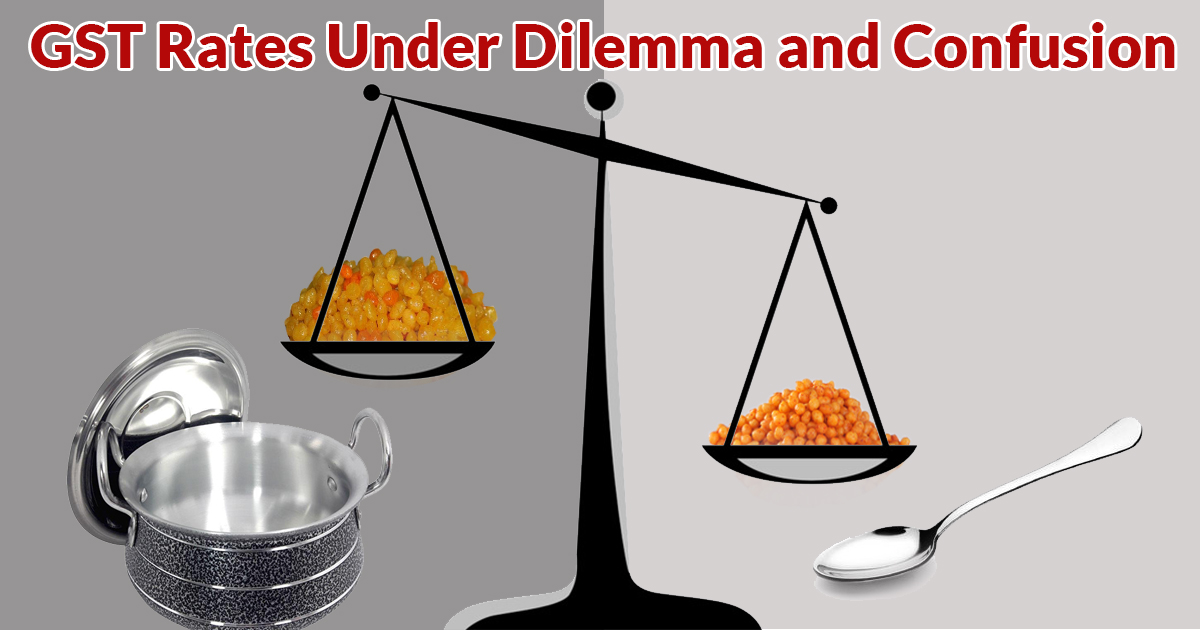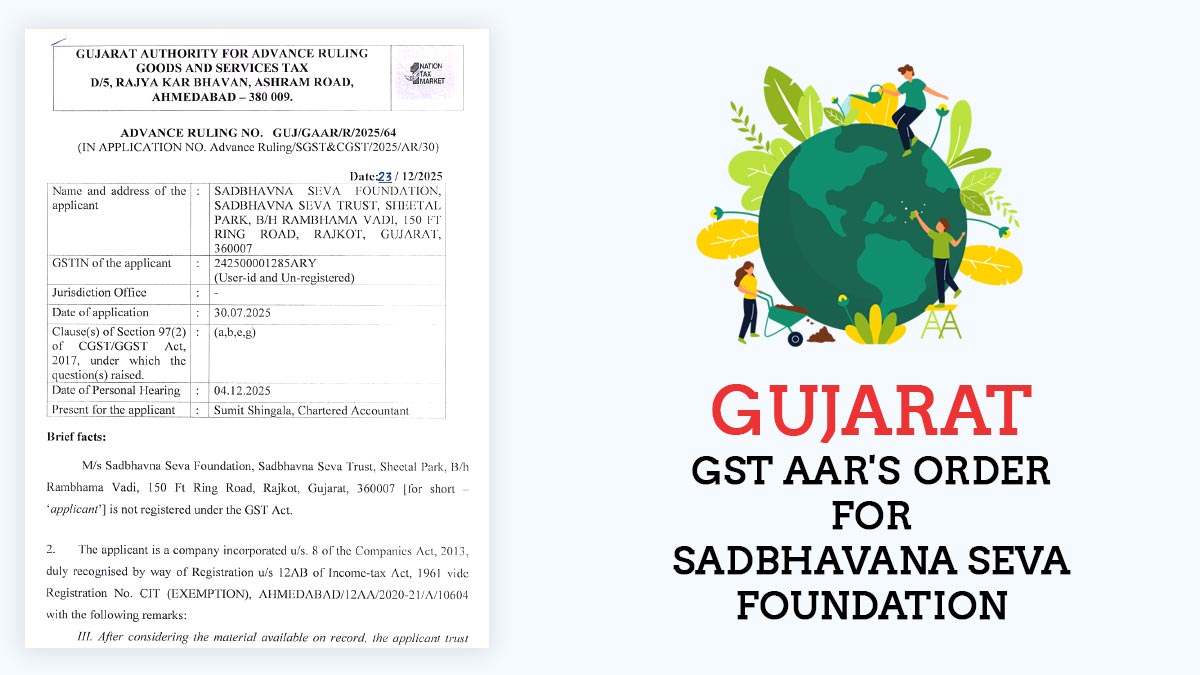As of now all the excitement which was seen previously in the global research agencies along with the industries associated is now cooled down to some extent due to the complexities involved in the procedure and another operational working of the GST.
According to the research of Nomura, all the 4 tax rates along with the extra cess and additional loaded 7 rates has made the GST more complicated and has given a setback over the bright profits which were previously thought upon the upcoming GST will bring with itself.
As of now, there are 7 items of which the rates are not yet decided, which includes gold biscuits, textiles, footwear, handicrafts, agricultural machinery, etc. The government holds that the GST over gold should be kept at 5 percent while jewelry association is opposing the view. All India Gems & jewelry trade federation chairman Nitin Khandelwal said that GST more 1.25 percent over gold is harmful to both industry and government but on the other hand finance ministry says that when the GST rates start from 5 percent than giving a special allocation of 1.25 percent tax rate to the gold will invite more complexities.
Recommended: How to convert your Small Business into GST Compliant?
Some Major Points to be Noted:
- At present, there is 1% VAT and 1% Central Excise on gold ornaments, so the rate of 5% is harmful to the whole business
- Gold jewelry is of very high value, so it should be kept less than two percent under GST. While all the states except Kerala are ready for 1.25 percent rate
- Jewelery companies with more branches will come in difficulty because they will have to give GST even after taking stock from one branch to another branch, while the sale takes time
Biscuit industry is also suffering from the same issues of tax rate decision. According to the Center’s formula, the GST rates of biscuits will be according to the rates of the biscuit in actual. According to this, the rate of 12 percent will be applicable on the biscuits with rates less than 100 rupees per kg while a GST rate of 18 percent will be applied to the biscuits above this mark. As of now, the center does’t applies any tax over the biscuits while the states apply VAT ranging from 4 to 14 percent. Nutrition experts support the fact that the biscuit is a major source of nutrition to the poor and it should be kept in low rates.
After this, all the sector who are under stress due to the GST rates is lobbying, including FMCG sector which is forcing upon the lesser rates on everyday items. Other items of food consumption are also under scanner along with restaurant sector who are under dilemma of AC and Non AC variant of GST.
Below Examples Explain the Best
- The utensils are taxed under the 12 percent while the cutlery hold 18 percent, which creates a weird scenario as both the items origins from the same material and this will create administrative confusion also
- Coming to the second dilemma is that the common item like Boondi laddoo which attracts 5 percent GST while on the other side Namkeen Boondi attracts 18 percent of it. The issues are that both the items are just different from the ingredients like salt and sugar within them. So, putting different GST over them creates under problem for the industry
The handicrafts sector is also under the GST as 18 percent tax rates are applied to the industry which was earlier tax-free by the government. According to researchers, a total of 144 countries which have applied GST in their taxation structure are way much ahead than the Indian version of GST in the matter complexity. Various sector is divided upon its variant of services will bring tension in the industry The research agency Nomura says that the GST structure is developed according to the inflation and political needs while the revenue secretary Hasmukh Adhuia assures that the GST structure will be much easy after the implementation.










